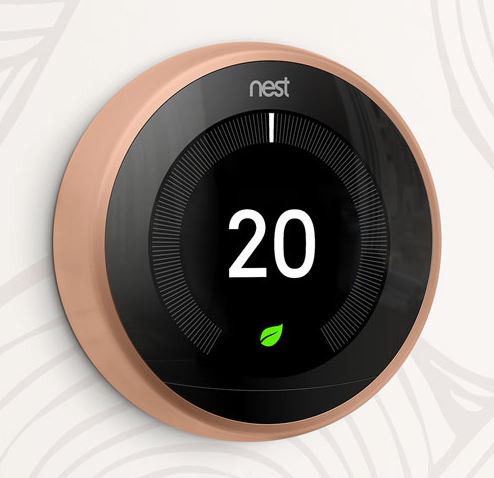
Taiwanese multinational network company D-Link and American fabless semiconductor specialists Silicon Labs have released the world’s first “Thread Group”-certified router, the DSH-G300-TBR Border Router.
Thread is an IP-based wireless networking protocol supported by the non-profit Thread Group, which is backed by Arm, Intel, Qualcomm, Siemens and more. It was set up to help accelerate adoption of the Internet of Things, specifically in the connected home.
D-Link’s Thread Border Router can support multiple protocols such as ZigBee, Thread and Bluetooth, giving the user the option to automate their home devices by combining a wide range of sensors and home devices together.
(In a Thread mesh network, border routers connect the Thread network and an external network, linking nodes on the Thread network to other devices in external networks or to the cloud.)
The router uses the Linux operating system, embedded into the device on the main CPU alongside a Silicon Labs MGM12P ZigBee module that can either be pre-loaded on a ZigBee stack or on Thread. Alongside this, D-Link’s Thread Border Router runs on Silicon Lab’s multiprotocol Wireless Gecko System on a Chip (SoC).
 What is Thread Again?
What is Thread Again?
Thread is a mesh network that is designed to securely and reliably connect to hundreds of products in the home without blowing up battery life or causing interoperability issues.
A Thread network uses the latest 6LoWPAN technology; a combination of IPv6 and Low-power Wireless Personal Area Networks. 6LoWPAN can allow small devices with limited processing ability to transmit information wirelessly.
Thread networks are encrypted and use the latest smartphone authentication scheme and Advanced Encryption Standard to close security holes that would have existed within other wireless protocols.
Low Power, Latest Bluetooth Tech
D-Link’s Thread Border Router comes with the latest Bluetooth technology, including Bluetooth Low Energy, Bluetooth 5 and Bluetooth Mesh Technology.
The technology includes Bluetooth 5 2Mbps for data transfer alongside Bluetooth Mesh, creating mesh networks within the wireless sensor market.
Thread: Why it’s Needed
As Jorg Kennis and Jos Bruins from Germany’s OSRAM company put it on the Thread Group blog: “Today’s wide offering of IoT solutions often require that we set up and maintain a network for every protocol we want to use.”
“It not only needs a lot of surveillance and maintenance to keep them up and running, but networks might also interfere with each other. Furthermore, since they are separate networks, devices do not “talk” to each other and there is no way to control them effectively from a single location, to monitor and analyze their data, or to provision them over various locations and users, in an end-to-end secure manner.”
“This is where Thread comes in. Thread isn’t yet another smart building protocol similar to those described above. Instead, it’s like a Wi-Fi network, which is specifically designed for low-power, mesh IoT devices. Like Wi-Fi, it works with the Internet Protocol. And like Wi-Fi, it can run every modern IoT application that runs over IP.”

 What is Thread Again?
What is Thread Again?




